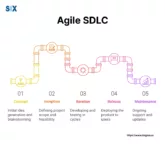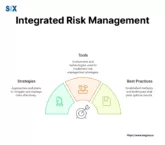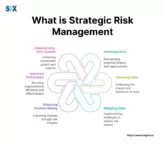The Guide to Agile SDLC: A Modern Approach to Software Development
To meet the growing market demands and keep up the pace, most of the software development teams are transitioning towards Agile SDLC from traditional approach. With 70% organizations are now adopting the Agile methodologies, the software industries has seen the changes in the recent years. Key Highlights What Is Agile SDLC? Agile SDLC represents a […]


























